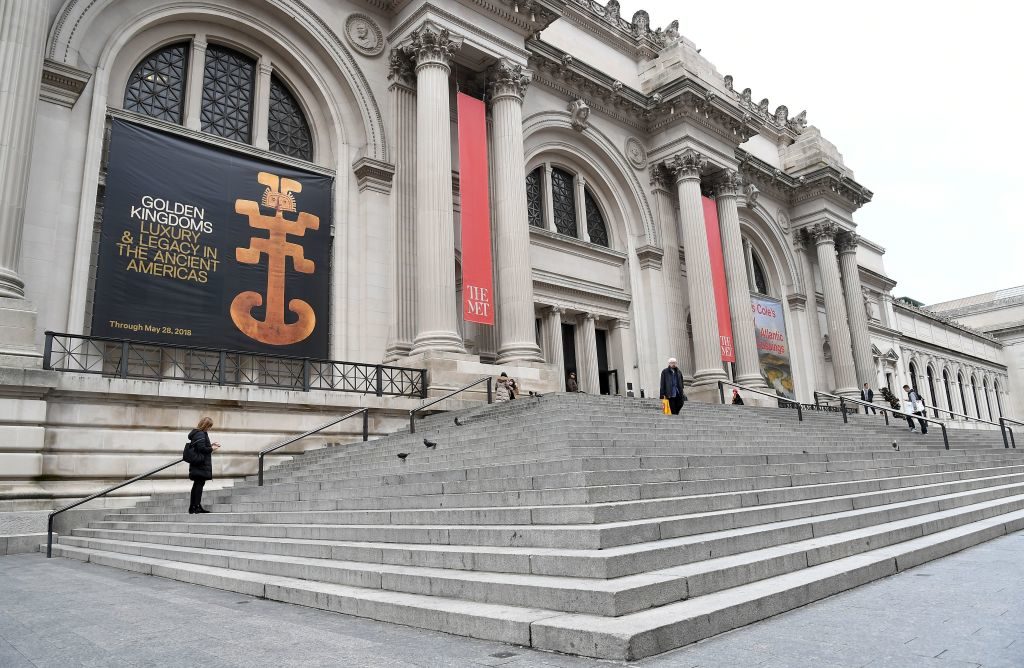Art World
An Activist Group Thinks the Met’s Ticket Price Should Depend on Your Tax Bracket. Would It Work?
Instead of the new $25 ticket price, a campaign wants to introduce income-based admission.

Instead of the new $25 ticket price, a campaign wants to introduce income-based admission.

Henri Neuendorf

Should rich people pay more to get into the Met? At least one group of activists think so.
Equitable Met is an initiative which proposes that the Metropolitan Museum adopt a sliding admission price based on income: the more you earn, the more you pay. The group behind the initiative contends that the changes to the Met’s new admissions policy (charging all out-of-state visitors $25) disproportionately affect low-income individuals—often people of color or undocumented visitors.
“These low-income or undocumented visitors take the risk of investing their time and labor in a space that doesn’t prioritize them,” JS Tan of Equitable Met told artnet News. “This includes navigating cultural codes of a historically white institution and viewing one’s culture through a western gaze…It also means submitting themselves to authority and surveillance, such as bag searches, video surveillance, and requesting of legal documentation.”
As a solution, Equitable Met proposes the re-introduction of the Met’s pay-as-you-wish policy, with one big difference: Instead of returning to the suggested $25 admission price, the group advocates for a price range from $0–35 applied to all visitors, in-state and out, depending on income. “By having these guidelines, we’re highlighting the financial responsibility of wealthier visitors,” Tan said, explaining that the average Met visitor paid $9.13 under the pay-as-you-wish policy last year. “We think that a sliding scale can raise the average price paid to increase accessibility for people coming to the Met,” he said.
To support their hypothesis, the group estimated the income distribution of the 4.5 million single-ticket visitors that passed through the Met’s doors last year and projected that the museum would match its goal of increasing ticketing revenue by $6–11 million under the sliding scale proposal. Their math is based on the assumption that the same 17 percent of Met visitors who paid the full suggested price last year will also pay the full scale price, as recommended.
However, the data used for this prediction doesn’t account for at least one fairly important factor. A member of the group admitted that there are no figures tracking the income of Met visitors. Instead, the group extrapolated the numbers based on the income distribution of New York City residents and skewed it to meet the average household income of a Met visitor (estimated at $81,000/year by market research agency IMPACTS).
Despite the group’s best intentions and the novelty factor of their proposal, the idea is essentially a variation on the pay-as-you-wish model—albeit with income-related suggestions—which the Met claims no longer produces sufficient revenue to run a museum of its size. And to be sure, a knot of ethical and practical issues would most certainly arise should any museum ever attempt to require proof of income from its visitors.
So breathe easy, One Percenters. The Met won’t be demanding your pay stubs of 1099s just yet. For now, $25 tickets for out-of-towners are here to stay.